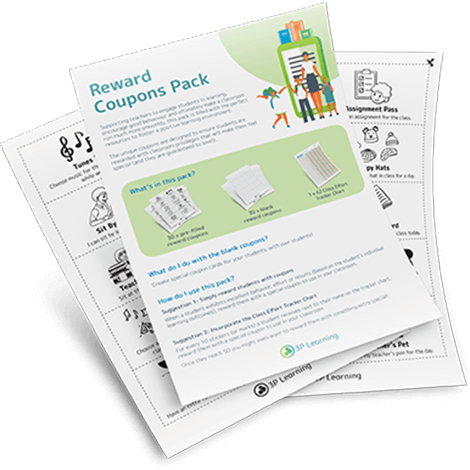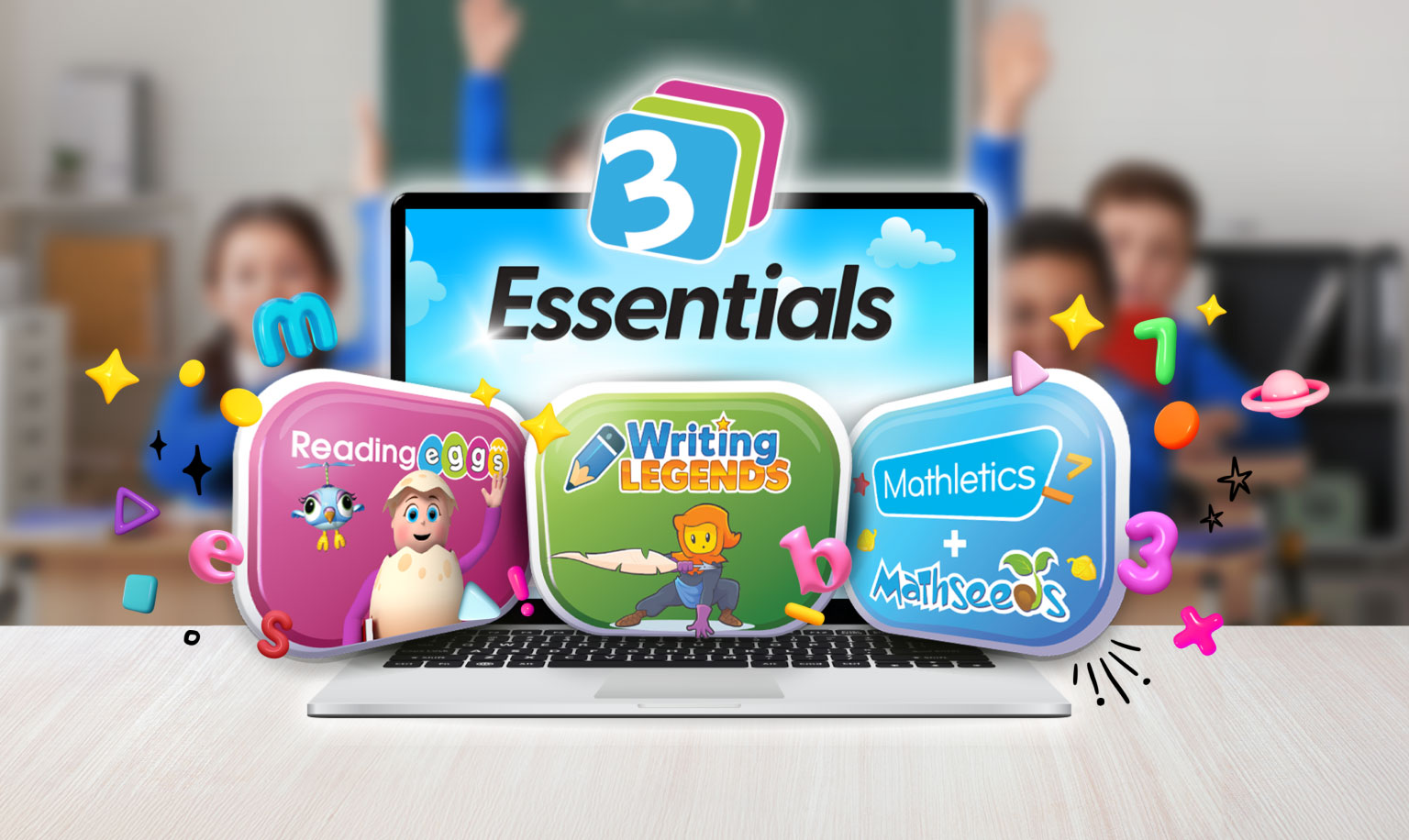
The new school year brings new faces, new challenges, and new opportunities. It’s a chance to reflect on last year – what worked and what didn’t – and think about the achievements you’d like to look back on in a year’s time.
But before we can achieve anything, we must nail day one.
The first day of school is where we begin to make connections with our students and encourage the first steps of learning momentum. These things take time, and it might be weeks before you’ve learned names and built up a strong rapport – but a great first day of the year gets things off to a positive start.
Here are 10 simple ways to nail the first day of school.
1) Build excitement about you
Your students are as curious about you as you are about them, and they’re just as likely to have the jitters. Mixed with their nervousness is excitement about meeting a new person, and they’ll have questions – Who are you? What do you like? Are you a fun teacher?
In short, they want to know everything they can about you, and indulging them is a great way to build excitement.
Here are things we’ve done in the past to introduce ourselves to new classes:
- Show them an introductory video about you
- Create flyers or brochures with some fun facts about you
- Play a question and answer game
Of course, once you’ve introduced yourself, it’s time to get to know them. They’ll be all the more open once you’ve told them some things about yourself, so kick things off with a fun icebreaker activity. We’ve got a few of our own you can download via the link below:
2) Send a welcome email
Emails are a great way to establish connections with both the students and parents that make up your class community. Besides saving a lot of paper for students to take home with them, it’s a nice personal touch that gives you the opportunity to introduce yourself, attach any resources you think are helpful, and allows everyone to check or reference back to it in their own time.
Good things to include are:
- Facts about yourself
- How and when to reach you
- Any supplies that students should bring
- Fun content (any pictures or videos that reflect your personality)
3) Get to decorating
Classes are environments that can inspire as much as they can demotivate, and you’ll want to have a set up that encourages creativity and learning. As your and your students (almost) second home, you’ll want to start with minimal decoration that reflects you, and encourage your students on day one to think about how they can add their own flare to the decorations.
Keep in mind that some students find visual busyness overwhelming, so keep it simple to start with.
4) Prepare for meet and greet
Be ready to meet and greet parents on the first day and right through the first few weeks, as your partnership with your students’ parents is important.
Here’s how you can prepare to give the best possible first impression:
- Know what you’re looking forward to this year
- Have a clear statement about how you’ll communicate with parents
- Ask parents questions that will help them feel included
5) Write down your ‘why’
Purpose is a powerful thing. It can provide direction when you feel lost, grant confidence against creeping doubt, and remind you that when we teach, we’re making a real difference to our students’ lives.
It’s important to write our ‘why’ at the start of the school year – here’s why:
- Our minds are usually clearer after the break
- Your why will impact how you navigate through the year
- It will show your students and their parents you have direction and inspire confidence in you
6) Establish your rules
Part of maintaining a healthy and collaborative classroom environment is consistency. Establishing rules early, both explicitly (telling them verbally or written out) and implicitly (showing them how you react to different situations).
For the first day you’ll want to introduce the rules that matter most (your golden rules) explicitly, but keep it short and sweet – they need to be remembered and you don’t want to come across as overbearing.
Where possible, involve your students in setting additional rules. By including them in the process, they’ll naturally feel more ownership of their class and their learning.
7) Start setting class goals
Goals are the cornerstone of motivation. You might prefer to set a goal for the year – like a class party or outing – or daily or specific lesson/game goals.
Introducing goals gets your class into a rhythm of what’s expected and what they can do to accomplish these goals. On your first day it can be as simple as explaining the goals of the games you’re playing. The goal of icebreaker games, for example, are to help them find friends in the class for the year.
9) Establish your energy
Set the tone of your energy on the first day. Whether you’re calm and collected or more boisterous and outgoing doesn’t matter – what matters is that they come to understand what they can expect from you and that you’re excited to be teaching them.
It’s important to be genuine – you have to be able to sustain your energy. You don’t want to burn through a week’s worth of enthusiasm on your first day.
10) Give them something to look forward to
Before the day’s end, after you’ve introduced yourself, learned about your new students and kickstarted learning momentum, you’ll want to give them a reason to look forward to day two. Leave your students with a mystery or the promise of something exciting for the next day, and maybe send a follow-up email to their parents summing up the first day.











